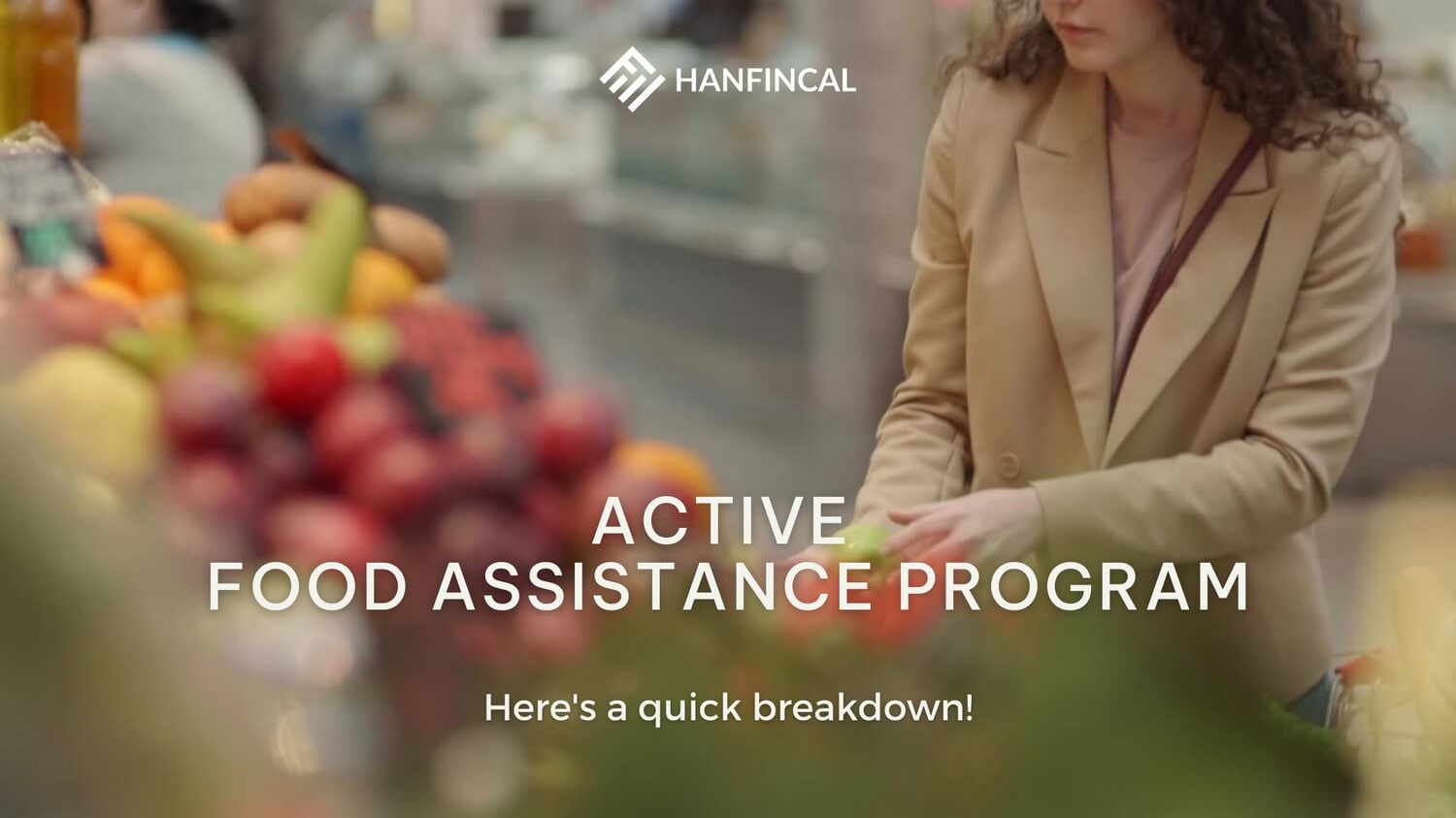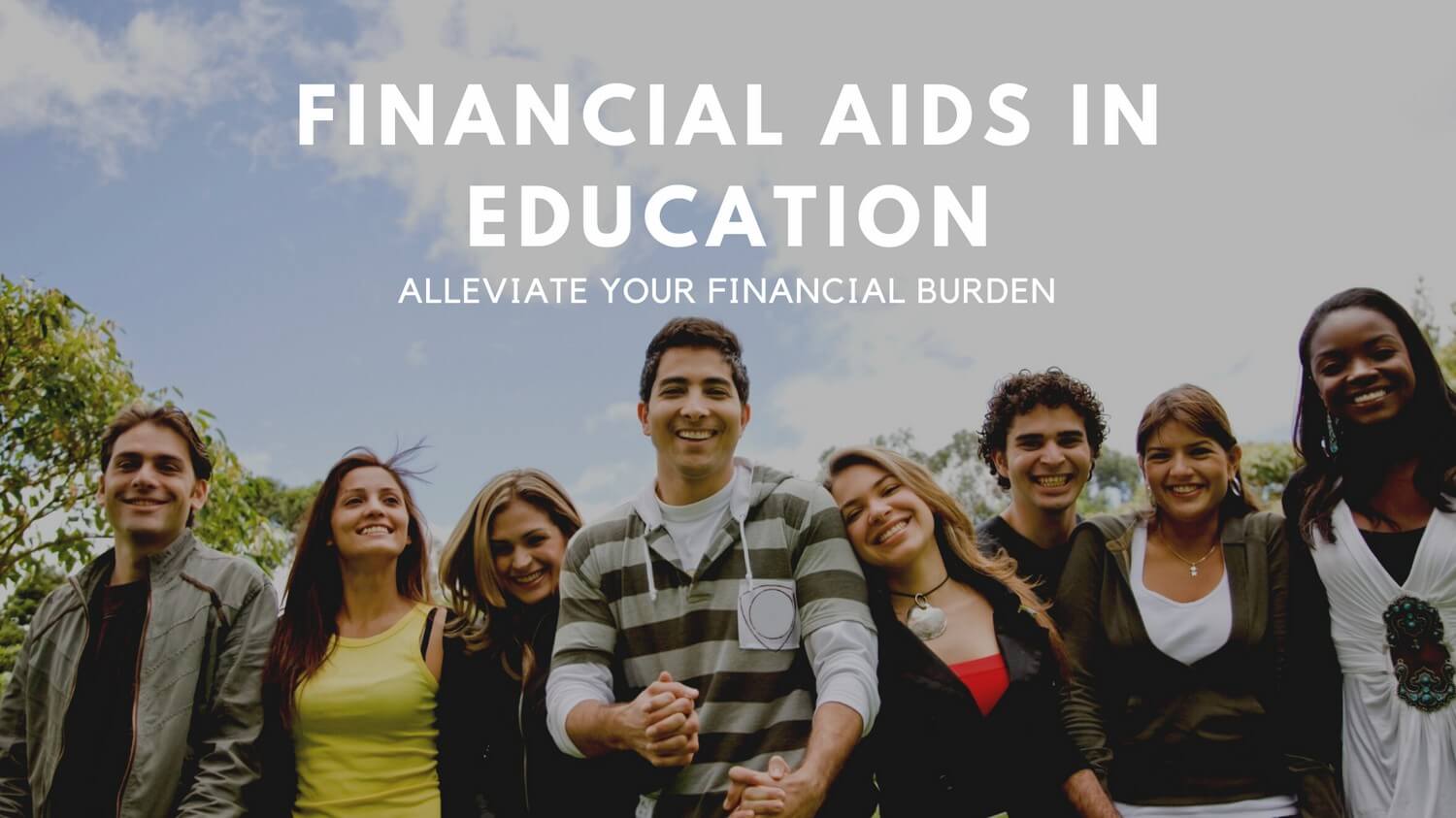People are wary of the financial assistance program for low-income families. This mindset erects a significant barrier that prevents everyone from receiving benefits from these subsidized programs. We have gathered typical examples of these reputable programs in each field (Housing, Food Assistance, and Financial Aid in education) to break down that barrier. Are you willing to join in discovering what they are? Let’s get started with Hanfincal now.
1. Financial assistance program in housing
One of the most persistent pains of every United State citizen in today’s life is the housing crisis. The scarcity of affordable housing, especially for low-income people, who have a tough struggle to settle down is even more difficult. Whenever you have a plan to buy your first home, rent a dream home, or rent to own a suitable home, let’s discover incredible financial assistance programs such as the ones listed below:

Housing Assistance Programs
1.1. Find affordable rental housing
The United States Department of Housing and Urban Development (HUD) creates many subsidized programs to assist low-income, senior citizens, and disabled people in rental housing or buying their first home. One of the most meaningful programs to get positive feedback from everyone is affordable rental housing assistance. Here are three main types of affordable rental housing as follows:
- Owned: The government paid landlords to offer reduced rents to low-income tenants.
- Public Housing: They provide affordable rental houses to low-income families, the elderly, and disabled people.
- Housing Choice Voucher Program (Section 8): You find a rental property on your own and use the voucher to cover all or part of the rent.
- Your local public housing agency (PHA) will determine eligibility for a Housing Choice voucher. It brings help to low-income, seniors or people with disabilities. Besides, your family’s income cannot exceed 50% of the county or metropolitan area’s median income.
1.2. COVID-19 rental assistance
Vaccine appearance saves everyone’s life. Simultaneously, the government’s moratorium on COVID-19 evictions has expired already. So, landlords have the right to evict renters who cannot pay their rent during the COVID-19 pandemic. If you are in the same situation, finding a housing assistance program is the best option for you now.
With this help, renters and landlords can use the Treasury Department’s Emergency Rental Assistance (ERA) database to find rental assistance from the state, local, territorial, and tribal programs.
Call 211 for local housing help or use HUD’s Find Shelter tool if you are about to be evicted and need emergency housing.
2. Food assistance

Active Food Assistance Program
2.1. Immediate food assistance
That’s a direct subsidy at the time you call. If you’re starving right now, call the USDA’s National Hunger Hotline at 1-866-3-HUNGRY (1-866-348-6479) or 1-877-8-HAMBRE (1-877-842-6273). This hotline is open from 7:00 a.m. to 10:00 p.m. Eastern time, Monday through Friday.
2.2. Food stamps (SNAP Food Benefits)
The Supplemental Nutrition Assistance Program (SNAP) is a federal nutrition program. It helps low-income Americans supplement their grocery budgets and buy nutritious food.
The special thing is people use vouchers or tickets to make a payment. The tickets accept any healthy food item, including fruits and vegetables, fish, meat, poultry, dairy products, bread, and cereals.
On the flip side, SNAP benefits are forfeited if they buy non-food such as alcoholic beverages or cigarettes.
In addition, food stamps were available to low-income families. They have to contribute and spend 30% of their net income on food, and the remainder (70%) is the SNAP subsidy.
2.3. Free food programs for seniors
This program is intended for low-income seniors. You’re eligible to join this program if you’re over the age of 60 and earning an income equal to or less than 185% of the Federal Poverty Level (FPL) as follows:
Federal Poverty Guidelines for 2021 Annual Income:
| Persons in family | 185% |
| 1 | $23,828.00 |
| 2 | $32,227.00 |
| 3 | $40,626.00 |
| 4 | $49,025.00 |
| 5 | $57,424.00 |
| 6 | $65,823.00 |
| 7 | $74,222.00 |
| 8 | $82,621.00 |
| Each person add | $8,399.00 |
Federal Poverty Guidelines for 2021 Monthly Income:
| Persons in family | 185% |
| 1 | $1,985.67 |
| 2 | $2,685.58 |
| 3 | $3,385.50 |
| 4 | $4,085.42 |
| 5 | $4,785.33 |
| 6 | $5,485.25 |
| 7 | $6,185.17 |
| 8 | $6,885.08 |
| Each person add | $699.00 |
Following are the two most common types:
- Senior Farmers’ Market Nutrition Program Offers coupons for honey, herbs, fresh fruits and vegetables at farmers’ markets, community farms, or roadside stands.
- Commodity Supplemental Food Program: This program provides a monthly package of nutritious food.
3. Financial aid in education
You are aware that education brightens up a country’s future. In other words, the overarching goal is now to invest everything in professional and high-quality education. Therefore, this mission is meaningful and will make a significant contribution to the country’s development.
Grants, work-study, loans, and scholarships are typical forms of financial assistance programs, and each program has its own set of rules and requirements. Here are their distinctive characteristics:

Financial Aids In Education
3.1. Grants
Most grants are subsidized money sources that are not loans and do not have to be repaid (you have not to refund or have any service obligation). However, in certain circumstances, you may necessitate the repayment of a portion or all of the grant funds.
For instance, if you withdraw from school before completing an enrollment course or semester. In another aspect, if you receive a TEACH Grant and do not complete your service obligation, you must make the repayment after that.
In particular, grants may be awarded by the federal government, a private or nonprofit organization, your state government, or your college or career school.
Federal Supplemental Educational Opportunity Grants (FSEOG), Federal Pell Grants, Iraq and Afghanistan Service Grants, and Teacher Education Assistance for College and Higher Education (TEACH) Grants are available federal grants.
3.2. Work-study
The Federal Work-Study program will give many part-time jobs to undergraduate, graduate, and professional students who require financial help. They can earn money to cover their education and other essential expenses.
- The Federal Work-Study Program prioritizes employment in civic education and work related to your course of study.
- If you work off-campus, your employer will most likely be a private nonprofit organization or a government agency.
- You’ll make at least the federal minimum wage. However, you can earn more depending on your jobs, skills, and professional ability.
- Your earnings cannot exceed your total Federal Work-Study award. Moreover, working hours must not be over 20 hours per week (that requirement varies by your school and your programs).
3.3. Loans
A loan is money that you borrow and must repay with interest. Before applying for a loan, make sure you understand who is making the loan and the terms and conditions. Federal student loans, which the federal government makes, have more benefits than loans made by banks or other private sources.
To illustrate, the William D. Ford Federal Direct Loan (Direct Loan) Program of the United States Department of Education is one of the most well-known federal student loan programs. Direct Loans are available in four varieties:
- Direct Subsidized Loans: Must demonstrate financial need.
- Unsubsidized Direct Loans: Eligibility is not determined by financial need.
- Direct PLUS Loans: These loans are not based on financial need but require a credit check.
- Direct Consolidation Loans: combine all of your eligible federal student loans.
3.4. Scholarships
These are unique gifts from your schools, nonprofits, communities, employers, individuals, private companies, religious organizations, or professional and social organizations. Scholarships are classified into two broad categories:
- Merit-based scholarships: These are obtained by meeting or exceeding specific criteria established by the scholarship provider.
- Financial need or grouping target individuals Scholarships: That is created for students in difficult circumstances, scholarships for women, or scholarships for graduate students, scholarships based on where you or your parent work (military families)
We also categorize the other two types of scholarships mentioned above as full or partial scholarships.
4. Other fields you can find in financial assistance programs
4.1. Financial Assistance For You
Moreover, if you are having financial struggles and waiting for government financial assistance is time-intensive, Financial Assistance For You can quickly help you get many benefits in just a few clicks. It is a special offer we want to bring to only you.
4.2. Other Financial Help
Aside from the three major fields mentioned above, the government also develops many assistance programs in various areas. These can be Grants and Loans, Bill Assistance, Military Programs and Benefits, Retirement Assistance, and Unemployment Assistance. Let’s find out more right now.
Try For Special Financial Assistance
If you understand all of the financial assistance programs‘ benefits and requirements, you will have an excellent opportunity to join and be eligible for a lot of valuable assistance. Let HanFincal bring a revolution to your life.
==> Read More:




